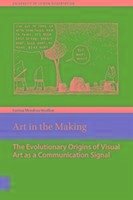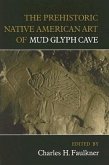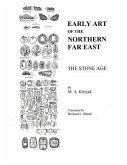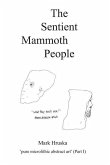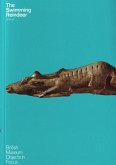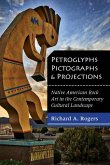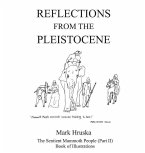The corpus of art from the Pleistocene has grown substantially in recent decades, and with it, the earliest evidence of visual art has become much older than previously anticipated, going back over 100,000 years. This new information has rendered some traditional ideas about the recent origins of visual art obsolete. Existing archaeological and evolutionary models that aim to explain the mergence of visual art should now be reassessed in light of current data. That is the aim of this book. First, it reviews the earliest examples of different forms of visual art in two important archaeological periods of human artistic innovation, the height of the African Middle Stone Age, and the European Early Upper Palaeolithic. It then takes a critical view at three influential origins-of-art models, namely, the sexual selection model, the social cohesion model, and the cognitive evolution model. Finally, it offers an alternative proposal that redefines visual art as a communication signal and, using the archaeological evidence, relates its emergence and development to the evolution of human cooperation strategies. This book will appeal to anyone interested in the debate of the origins of art and the evolution of modern human cognition, behaviour, and culture.
Hinweis: Dieser Artikel kann nur an eine deutsche Lieferadresse ausgeliefert werden.
Hinweis: Dieser Artikel kann nur an eine deutsche Lieferadresse ausgeliefert werden.

